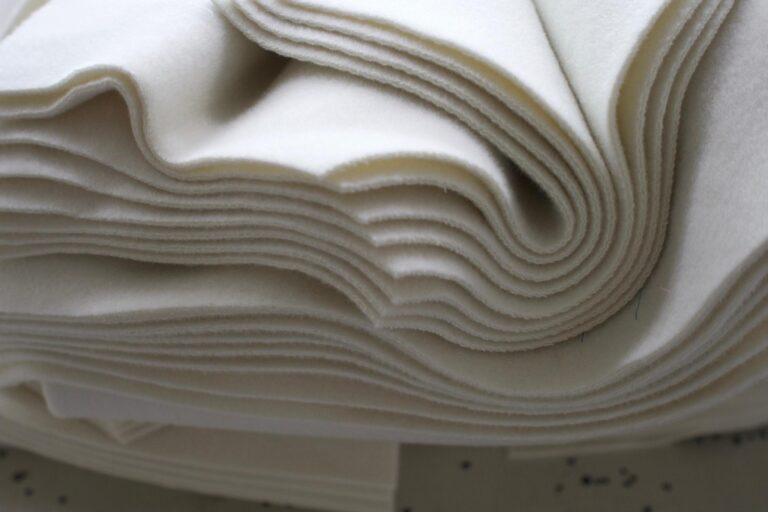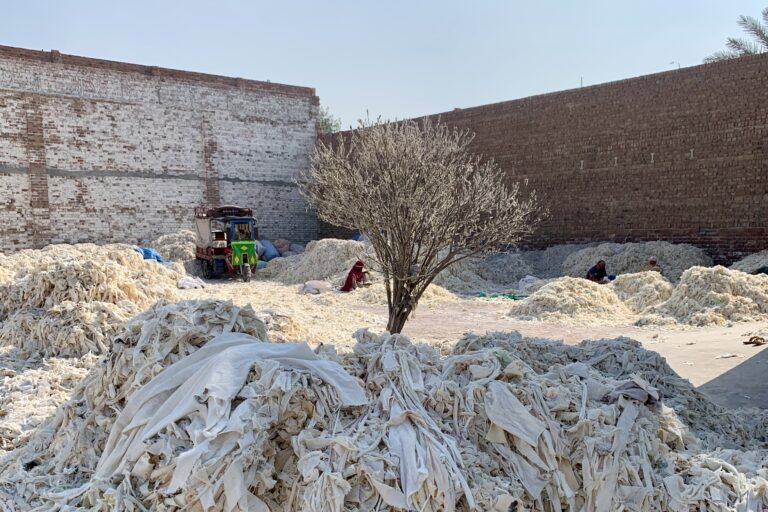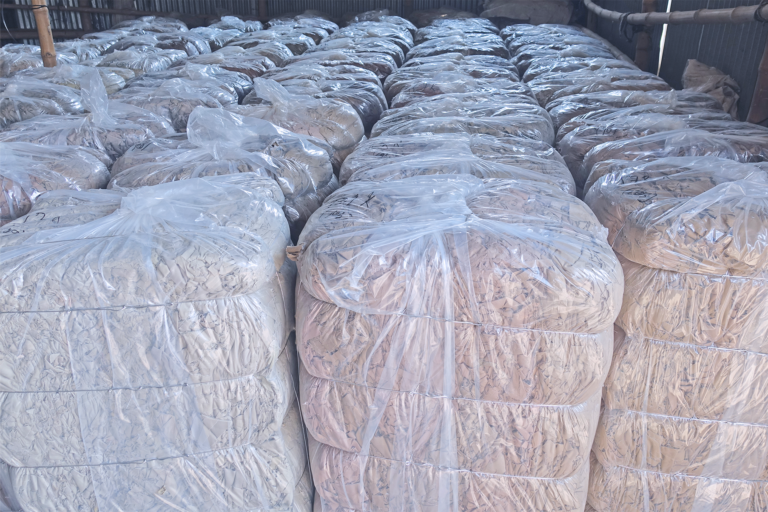Reverse Resources, after winning the Global Change Award, has carried out extensive research among major fabric and garment factories in China and Bangladesh. We have concluded that garment manufacturers producing textiles and clothes for many of the world’s major fashion brands are spilling an average of 25% of leftover volumes out of production. In some cases, the volume is as high as 47%, much higher than usually perceived by brands. However, it is not a waste problem of factories, nor a problem about lack of brand responsibility. Such inefficiency is caused by a systemic conflict of business interests and lack of data and transparency in between the stakeholders of the global supply chains. Thus, the emerging era of circular economy along with digitalisation and transparency trends can unlock a major business opportunity for both brands and factories.

Currently, existing linear pricing schemes adopted by brands are unwittingly providing an incentive to factories to not share comprehensive and accurate data about leftovers. These pricing schemes ‘build in’ an extra margin for factories to sell leftovers into local aftermarkets. What remains unsold is incinerated or dumped, contributing towards both environmental and economic inefficiency problems.
However, improvements in supply chain transparency and traceability could unlock a huge opportunity for growth within the industry. Along with their software solution, Reverse Resources suggests three measures which can create a win-win business case.
● Adapting the pricing scheme so that factories would have an economic incentive to share their leftover information.
● Introducing different business cases to increase the value of leftovers for factories, such as remanufacturing – integrating bigger leftover fabrics and fabric pieces back into the same production or increased efficiency of recycling.
● Using that information to build systems of transparency and traceability that rely on clear business case for suppliers.
Remanufacturing provides an opportunity to rebalance the pricing system by developing a viable model for leftovers, which is linked with the prices of virgin fabrics, instead of the current market prices of leftovers. In the report, Reverse Resources illustrates how the model could help increase the market value earned from leftovers by the factories three-to-four times, while simultaneously lowering the FOB price of partially remanufactured garments. The approach would also reduce the use of new fabrics in production by a total of three per cent via the integration of leftover fabrics in production. The model was validated by a pilot at factories in Bangladesh, the trials are ongoing to test the scalability of the concept on mass scale.
Reverse Resources research indicates that in Bangladesh alone, leftovers available from the country’s garment producing factories are worth approximately 1.6 billion garments if different reuse, remanufacturing and recycling methods were applied over the time. This would result in a total market value of 4 billion USD in Bangladesh alone. Remanufacturing could be applied to circa 25% of large leftover materials (c. 18” plus), potentially growing earnings for the factories by 3-5 times from their leftovers. Similarly, same applies to other garment producing countries.
Better data from factories would facilitate virtual traceability of resources and enable digital interconnections across the supply chains. These are crucial for meeting the goals of a circular economy by decoupling economic growth from environmental impacts by resource effectiveness. Material circulation of production leftovers is already established, but it is by default inefficient, corrupt, costly for end-users and out of the control of the stakeholders in the core supply chains.
With the white paper we aim to enhance the discussion around the practical setup of circular economy in fashion industry. We’d appreciate if you’d leave your contacts so that we can invite you to participate in further discussions (optional).



